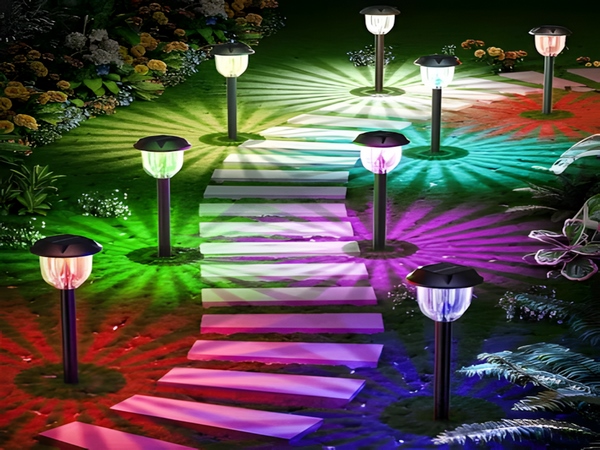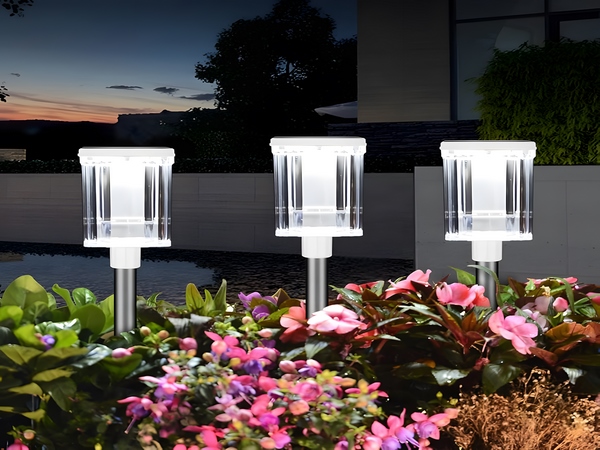

Solar Photovoltaic Power Generation Roof Installation Classification
The methods of residential photovoltaic solar power generation can be divided into roof installation and side facade installation. These two installation methods have become the common arrangements for solar photovoltaic power generation. Roof-mounted photovoltaic power generation can be categorized into three main types: flat roofs, sloped roofs, and photovoltaic daylighting roofs.
Flat roof solar photovoltaic arrays are installed at an angle that allows the solar panels to better absorb solar energy. The silicon solar modules can use conventional crystalline silicon photovoltaic modules, which can reduce investment costs and provide better economic efficiency. Although this installation method is generally not visually appealing, it offers ideal power generation results.

Sloped roofs can be used for installing photovoltaic arrays facing true south, southeast, southwest, east, or west in the northern hemisphere. On south-facing sloped roofs, panels can be installed according to their orientation or close to it.
Photovoltaic daylighting roofs refer to building components made of transparent photovoltaic cells that serve as daylighting elements. They are visually appealing and meet the light transparency requirements; however, photovoltaic daylighting roofs require transparent components, which have lower efficiency. In addition to the transparency of the solar modules, the daylighting roof components must meet certain requirements in terms of mechanics, aesthetics, structural connections, and other architectural aspects, leading to higher component and generation costs.
Side Facade Photovoltaic Solar Power Generation Installation
This mainly refers to the method of installing photovoltaic modules on the south, west, and east walls of a building. For high-rise buildings, the walls represent the outer surface exposed to sunlight. Photovoltaic curtain walls are a commonly adopted application method.
Applicable Scenarios for Distributed Photovoltaic Power Generation Systems can be divided into two main categories:
1. Distributed solar photovoltaic power generation systems can be promoted on various types of buildings and public facilities across the country. These systems utilize local buildings and public facilities to establish distributed power generation systems that meet part of the electricity demand for power users and provide production electricity for energy-intensive enterprises.
2. Systems can be promoted in remote areas, islands, and regions with limited or no electricity, forming off-grid power generation systems or microgrids. Due to disparities in economic development levels, some populations in remote areas of the country still lack basic electricity access. Previously, rural electrification projects relied on the extension of large power grids and small thermal power generation for electricity supply. The challenges of extending power grids are significant, leading to long supply radii and poor power quality.
Off-grid distributed power generation systems not only address the basic electricity needs of residents in areas with little or no electricity but also effectively utilize local renewable resources, resolving conflicts between energy and environmental issues.
Solar energy manufacturers specialize in the research, production, and sales of solar street lighting products and the design and installation of residential power generation systems. If you want to know more about photovoltaic power generation equipment pricing or purchase photovoltaic solar panels, please contact our online customer service.



